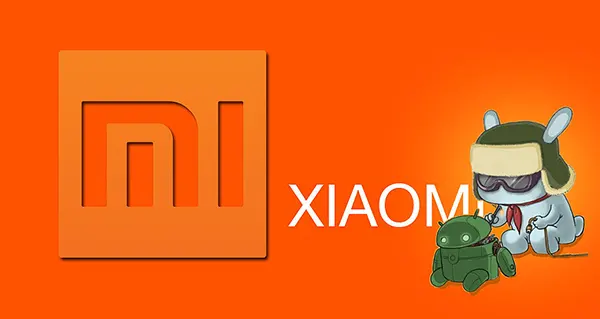
Success Story of Xiaomi: How the Chinese Giant Conquered Global Markets
Xiaomi, once a small startup, has grown into a global technology leader within just a few years. The brand’s journey from a modest beginning to dominating the world markets is a compelling tale of innovation, strategy, and community engagement. In this article, we will explore how Xiaomi transformed into a giant in the tech industry.
The Strategy of Affordable and High-Quality Gadgets
One of the most significant factors contributing to Xiaomi’s success is its strategy of offering affordable, high-quality gadgets. Unlike many competitors who focus on premium pricing, Xiaomi disrupted the market by providing feature-rich devices at significantly lower costs. This approach not only attracted budget-conscious consumers but also challenged established players like Apple and Samsung.
By leveraging direct-to-consumer sales channels and cutting unnecessary costs, Xiaomi was able to maintain competitive prices without compromising on quality. This strategic pricing model helped the company gain a foothold in emerging markets, where affordability is a crucial factor for consumers.
Moreover, Xiaomi’s focus on building an ecosystem of products, including smartphones, smart home devices, and lifestyle gadgets, has ensured that users remain within their product family. This holistic approach has fostered brand loyalty and created a sustainable revenue model.
How Xiaomi Became a Trendsetter
Another critical aspect of Xiaomi’s strategy is its ability to innovate rapidly. The company frequently releases updates and new features based on community feedback, setting itself apart as a user-centric brand. This iterative development model has not only kept Xiaomi relevant but also made it a trendsetter in the tech space.
The company’s commitment to open communication with its users through social media platforms and forums has strengthened the brand-consumer relationship. Xiaomi’s transparency in product development has created a loyal fan base that actively participates in promoting new releases.
By consistently delivering on its promise of quality and affordability, Xiaomi has established itself as a reliable and progressive brand in the global market.
The Role of the Fanbase in Company Growth
Xiaomi’s fanbase, affectionately known as ‘Mi Fans,’ has played a crucial role in the company’s growth. These dedicated followers not only purchase products but also act as brand ambassadors, spreading positive word-of-mouth and actively participating in community events.
From the beginning, Xiaomi cultivated this fanbase by listening to their feedback and involving them in product testing and beta programs. This engagement has created a sense of belonging among users, making them feel like an integral part of the brand’s journey.
Events such as the annual Mi Fan Festival further strengthen these bonds, offering fans the opportunity to connect with the brand and celebrate its achievements. This strategy has proven highly effective in building long-term customer loyalty.
Community-Driven Innovation
Xiaomi’s community-driven approach has led to significant innovations, as the brand actively incorporates user suggestions into product development. Whether it’s adding a new feature to MIUI or launching a completely new gadget, the community’s voice is always a key factor.
Such involvement not only boosts brand perception but also ensures that the products genuinely cater to user needs. This unique customer engagement strategy has become a cornerstone of Xiaomi’s global success.
The company’s openness to fan input has also influenced its marketing, as user-generated content often becomes part of official campaigns, further amplifying brand visibility.

The Impact of Sub-Brands: Redmi and POCO
To expand its market reach, Xiaomi introduced sub-brands like Redmi and POCO, each targeting distinct consumer segments. Redmi, aimed at budget users, maintains Xiaomi’s core philosophy of offering value for money, while POCO targets tech enthusiasts who seek high performance at a reasonable price.
This diversified brand strategy allows Xiaomi to capture different market segments without diluting its primary brand identity. Both sub-brands have gained significant popularity, contributing to Xiaomi’s consolidated global presence.
By catering to varied consumer needs through its sub-brands, Xiaomi has successfully tapped into diverse demographic groups, fostering growth in both developed and emerging markets.
How Sub-Brands Boosted Market Penetration
Redmi’s focus on affordability has made it a top choice in price-sensitive markets, while POCO’s emphasis on flagship features at mid-range prices appeals to power users. This dual strategy has effectively increased Xiaomi’s market share globally.
Moreover, the distinct identities of these sub-brands prevent internal competition, allowing Xiaomi to maintain a unified portfolio while targeting different audiences. This strategic move has enhanced Xiaomi’s ability to respond to changing consumer preferences.
By positioning its sub-brands strategically, Xiaomi continues to dominate the smartphone market while maintaining strong brand equity across its entire product lineup.
